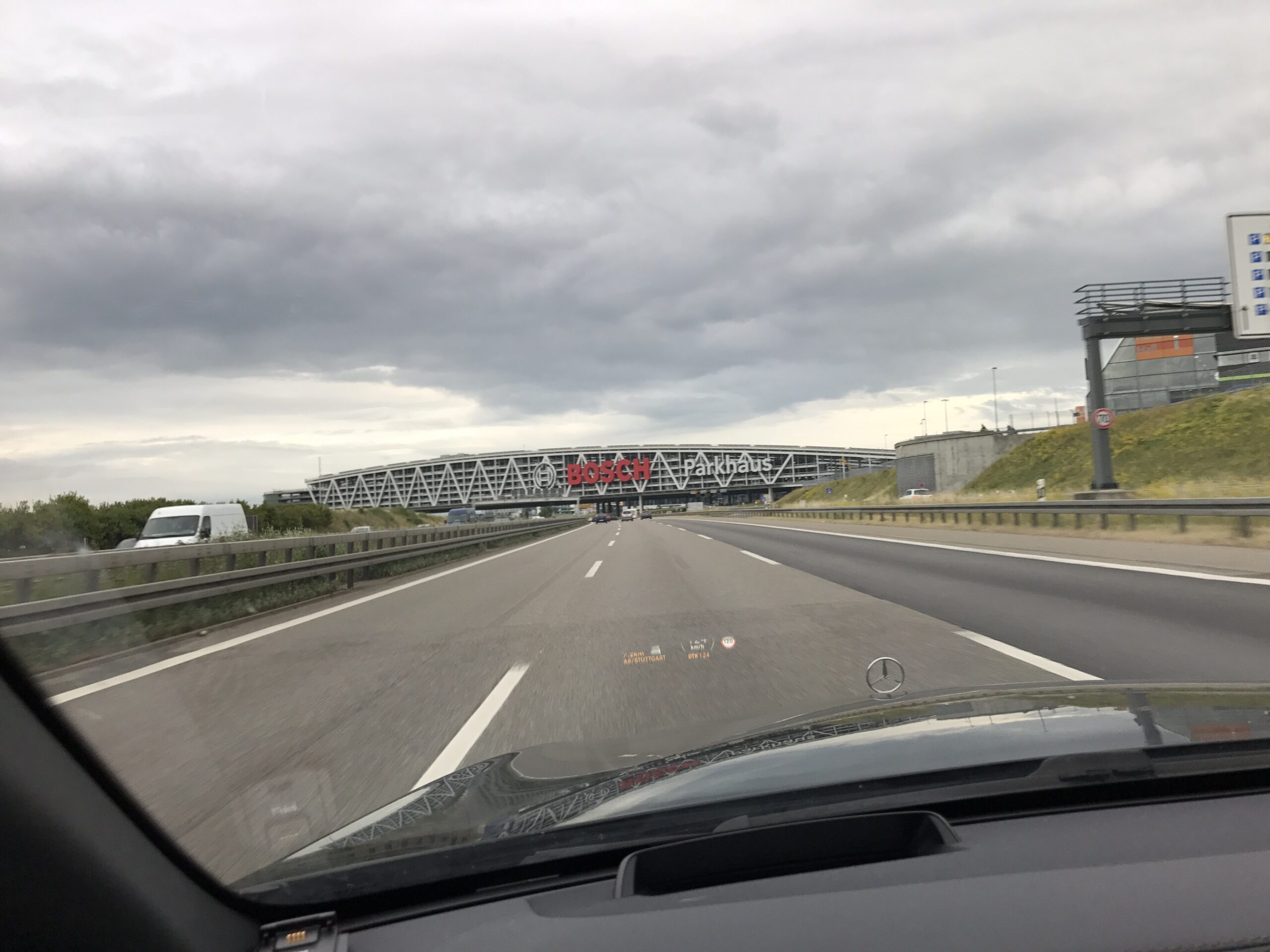I do a lot of traveling. A whole lot of traveling. Mostly Germany but sometimes outside or way outside. But the city I travel to most is Stuttgart. Not because my car was made there but because we have lots and lots of customers here.
Stuttgart and the surrounding cities are not bad, just the traffic is really murdering. They even beat Munich in traffic jams. Part of it is caused by the geography, Stuttgart is a whole between some hills, there is no way you can build decent roads, what is there must be used, no room for more roads.
The other cause is the so-called “Stuttgart 21” plan. This involves railway only but it will take the complete main station and move it underground. If you look where the station used to be it looks like a nuclear bomb just went of…. Big hole with lots of machines. This has its influences on railway traffic but also on everything that goes through the city.
This week is Rhapsody Training at a customer. 5 days! A long time ago a 5 day Rhapsody Training was normal, unfortunately this is no longer the case. It went to 3 days, often only 2 days and there are companions that estimate their employers to be able to learn UML and Rhapsody in 1 day.
This is, of course, total rubbish. Learning UML and Rhapsody takes just as long as learning ‘C’ and compiler/debugger. If by now you think: “Learning ‘C’ goes quick” then please dig your memory for the truth…,. Before you are an experienced ‘C’ programmer, years go by!
The UML is not more difficult or easy to learn, it is just different. And… you have to know ‘C’’ (or ‘C++’) before. This is what Rhapsody generates.
What is difficult about UML/Modeling? Well.. the way you do it is very different from traditional source code programming. I think that is the most difficult part for most “converted programmers”. Modeling is an art, you learn it by doing a real good training (like ours… 😉 ) and by doing it! You need to practice, read a lot, try a lot.
I see many people using Rhapsody The way they use their IDE, try until the code generator produces the desired output. This is wrong! Follow the paths that people like Bruce Powel Douglas and others have described in books, modeling is a lot of work. In the end you will save because the number of errors and changes will be way lower than with traditional programming.
It pays of to invest in a good process (which diagram should I use when?, what information is where?) and in making your model so that it is actually your documentation. Modeling takes time but it is time you have to take anyway to give your brain the time to understand what you are doing.
I always say: a model behaves just like your car. If you car is dirty, it does not drive “good”. As soon as you wash and vacuum it, you will sense that it drives “better”. Subconsciously, admitted but true. A model behaves the same. If you make it nicer, with straight lines and with elements that have the same size and are outlined you will notice that it makes more fun to use the model. Some think that the drawing part is wasted time: trust me, it’s not!
So beautify your mode, insert navigation information so that other can also find their way in your model, use enough diagrams, (every diagram should answer a question) use requirements that you connect to model elements to show traceability. Use stereotypes, profiles and tags to store information in your model. After a while you will do that automatically and the quality of your modeling will increase dramatically. Also re-use will be much easier then it was.
Happy modeling with Rhapsody
Walter van der Heiden (wvdheiden@willert.de)

Leave a Reply